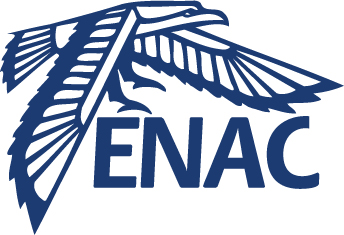Use of a FishEye Camera for GNSS NLOS Exclusion and Characterization in Urban Environments
Résumé
This article presents a new integration method for GNSS, INS and a fish-eye camera for improving vehicle navigation accuracy in urban environments.
In general, the quality of satellite navigation systems in cities tends to be quite poor. The influence of multipath, masking and Non-Line-of-Sight (NLOS) signals can degrade the GNSS position accuracy up to tens of meters, making the solution quite unusable for precise applications. In this article, it is proposed to integrate a wide field-ofview fish-eye camera, mounted on the roof of the car and facing up. This camera is used to detect which satellites are in direct Line-of-Sight (LOS), and which are hidden behind buildings, potentially resulting in NLOS. This camera is integrated together with a GNSS and INS sensors, which will allow a vehicle to navigate in city canyons.
This article first presents the algorithm for GNSS and INS integration using an Extended Kalman filter, as well as the models used for the GNSS measurements. It then presents the NLOS detection method, which mixes the information given by the camera together with the received ??/??0 in order to estimate which satellites are in direct view of the receiver.
The performance of the algorithm is finally tested in the urban environment of Toulouse using ENAC’s own test van. The tests show that the GNSS/INS/Fish-eye camera integration does work as a stand-alone device and it allows for a more accurate positioning in urban environments.
| Origine | Fichiers produits par l'(les) auteur(s) |
|---|
